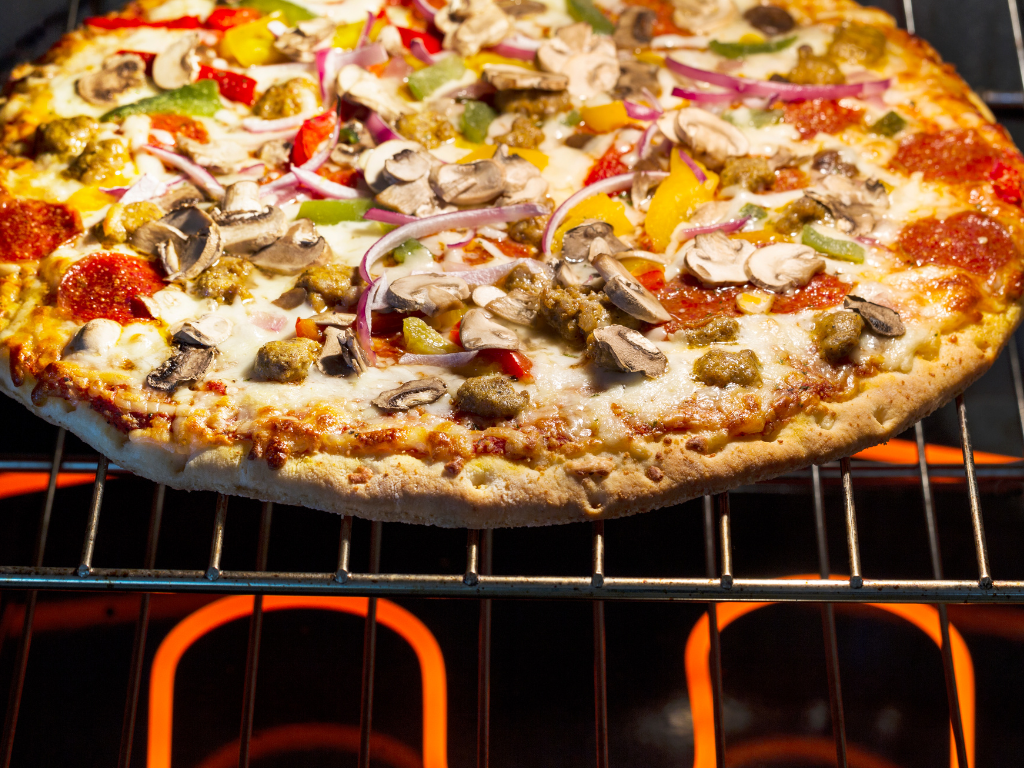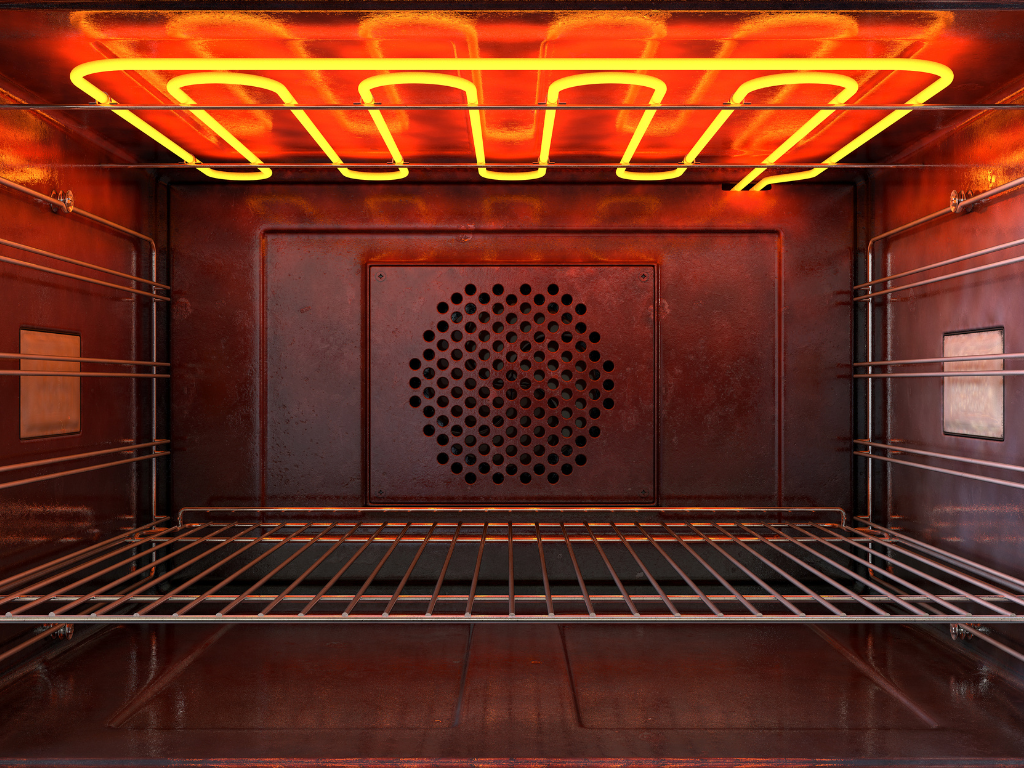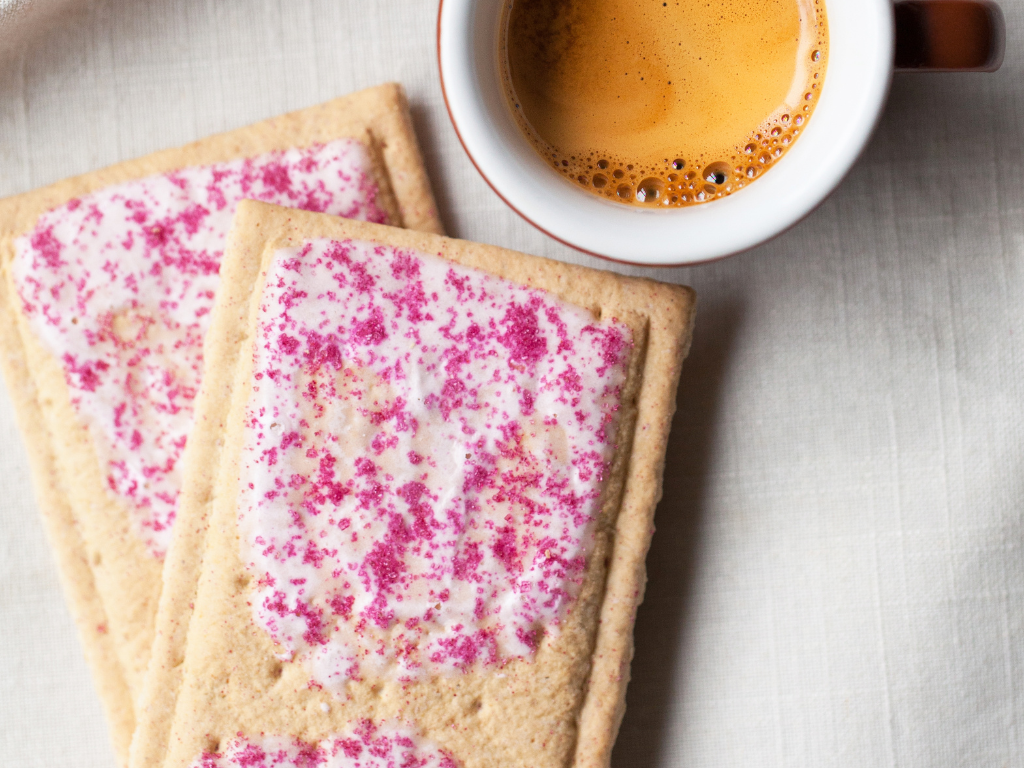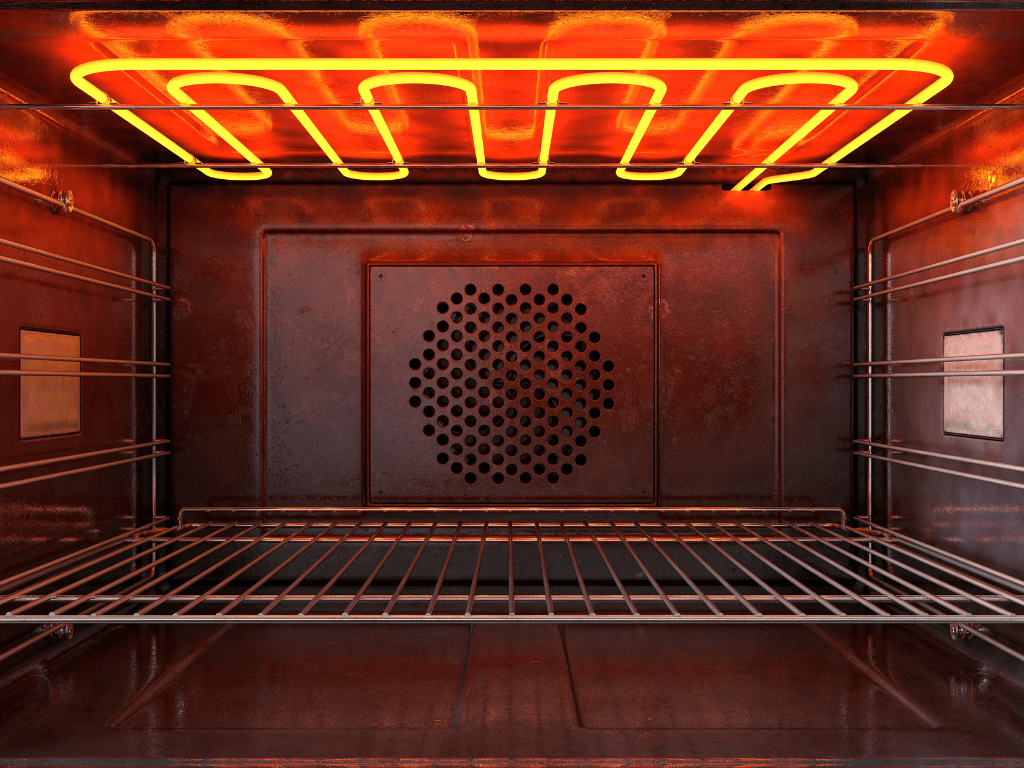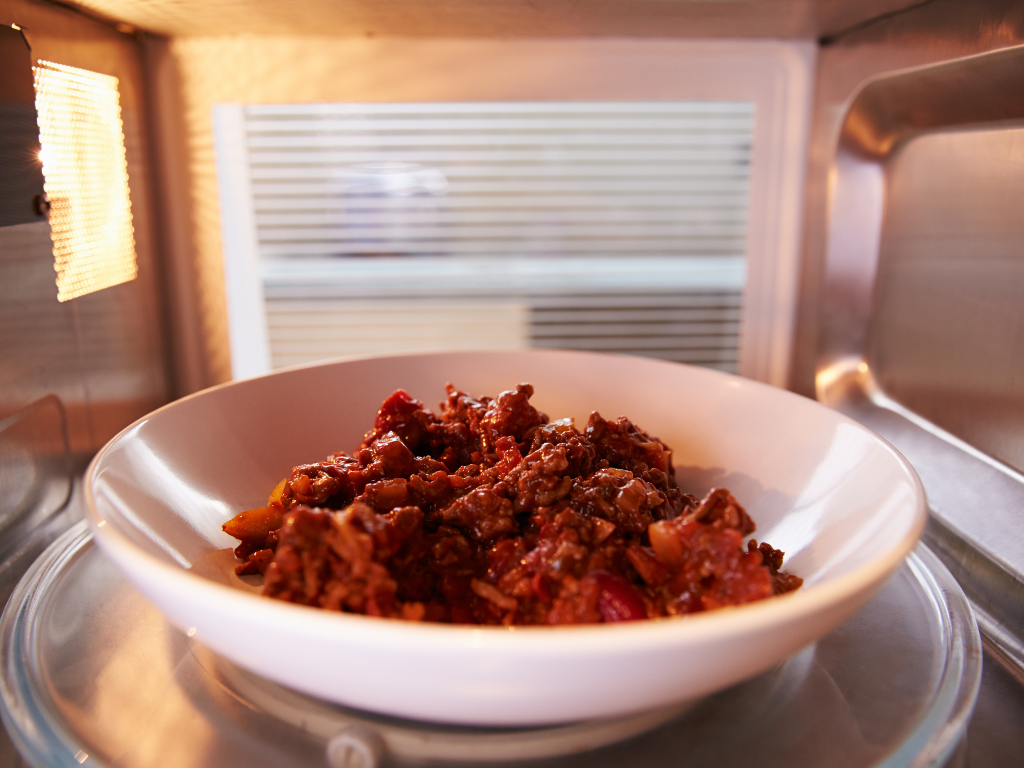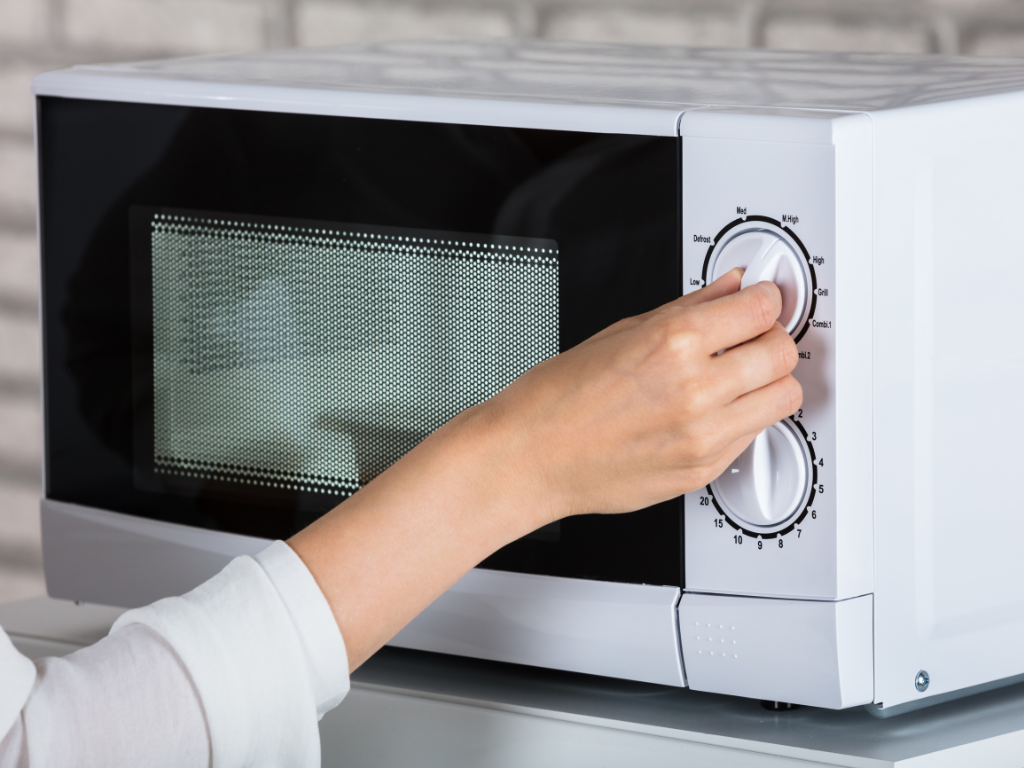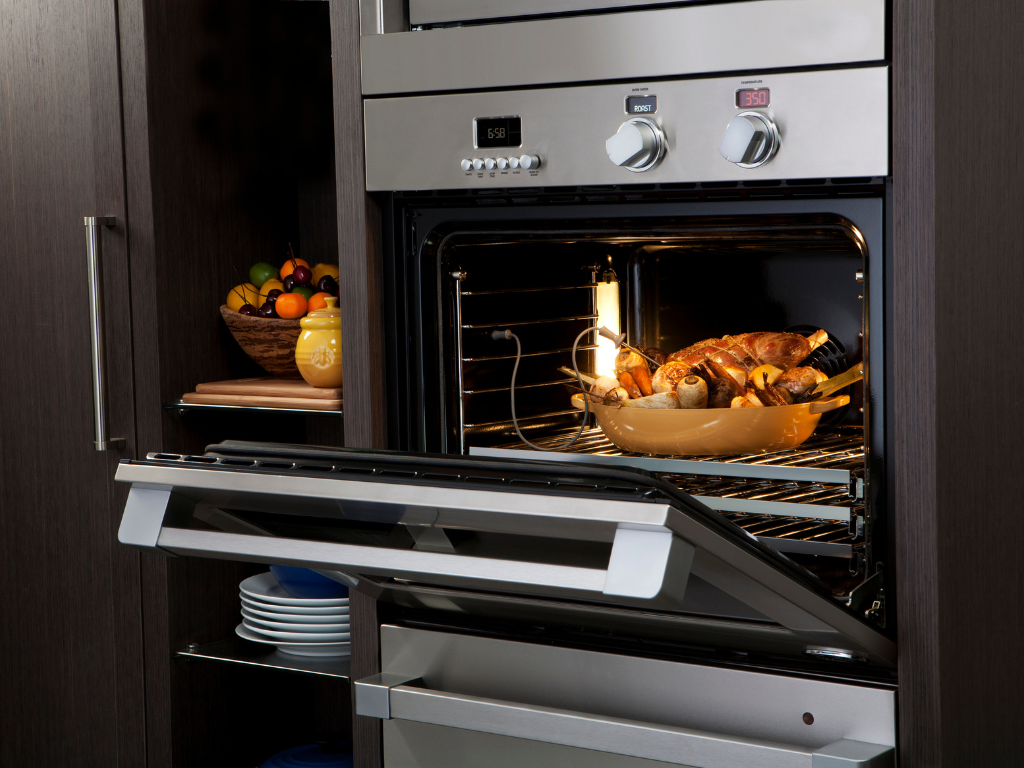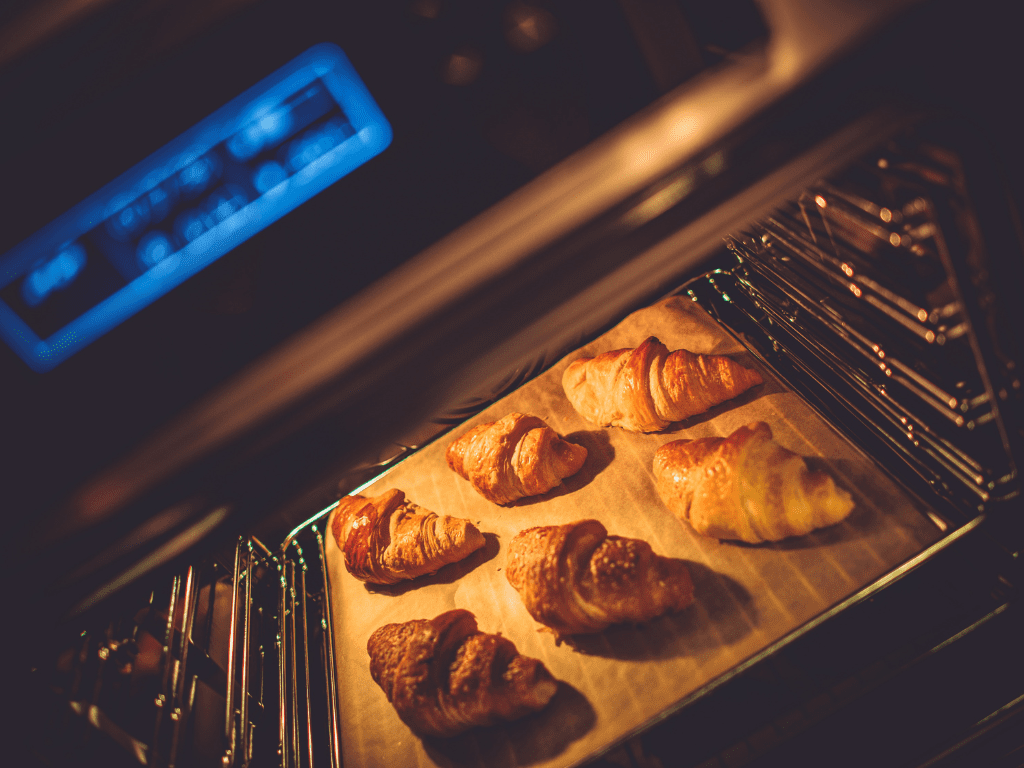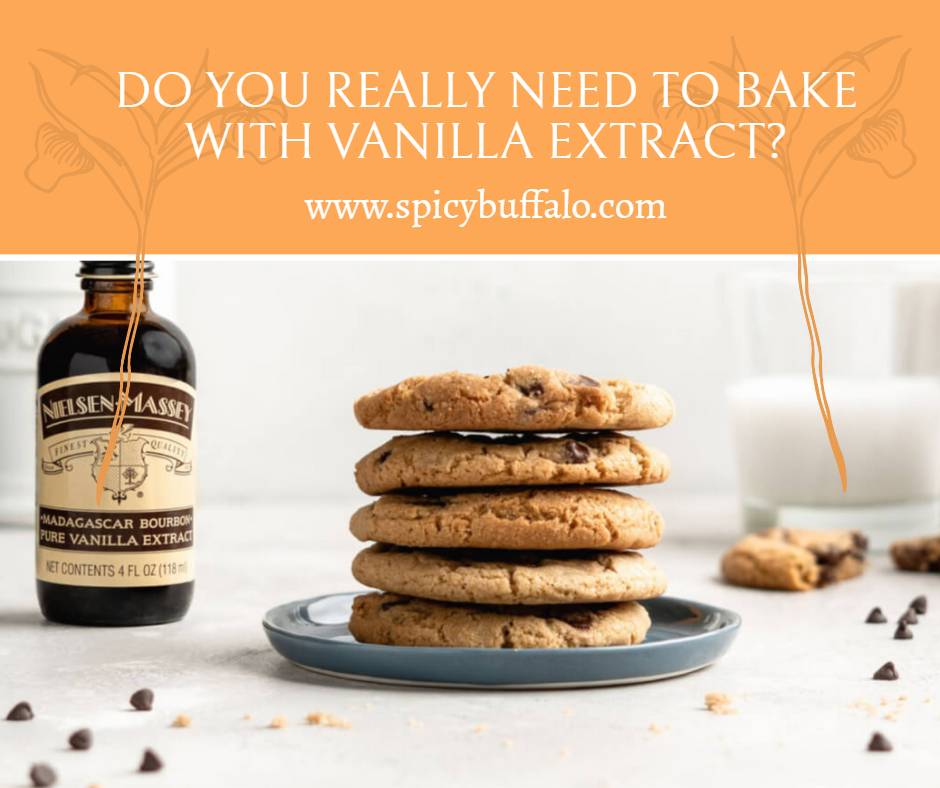
Additional reporting and testing by Richmond Flores
There are many unofficial ‘rules’ in baking. Like the fact that vanilla extract belongs in every single recipe. That little brown bottle adds complexity and helps the sugar taste more caramelly-sweet and the butter taste richer. Or does it?
Recently, I noticed that The New York Times’ Perfect Chocolate Chip Cookies recipe doesn’t include vanilla extract. Moreover, neither do my two favorite cookies: a treasured family shortbread recipe and a Coconut Oat Cookie from a recent edition of Food Network Magazine.
Neither falls short in flavor or texture. All of these observations got me wondering whether or not vanilla extract is necessary in baking. It’s expensive, and considering the frequency it’s used in recipes, those numbers add up. In this story, I methodically examine whether vanilla extract should be a cornerstone of every recipe or saved for recipes where vanilla is meant to be the star.
A little bit about my process. I combed through Food Network’s recipe library in search of three classic candidates to bake side-by-side with and without vanilla extract. I excluded cookies with very bold flavors (like dark chocolate Brownie Cookies, pictured above), as well as recipes that are specifically called vanilla cookies (their identity is centered around vanilla, after all).
I settled on classic roll out Sugar Cookies, Chewy Chocolate Chip Cookies and The Best Oatmeal Raisin Cookies. Then I called up my colleague to help out with the baking and tasting, and here is what we found.
Chocolate Chip Cookies
This recipe hits all the notes of a classic chocolate chip cookie. As the batter mixed up, it smelled so familiar before it was time to add any vanilla. Would the brown sugar be enough to carry that caramel-vanilla flavor? There was a difference between the two batches — depending on the bite.
If it was a chip-heavy bite, then all was equal, as it was hard to nuance much with a mouthful of chocolate. A bite with more of the plain cookie showed the differences. Without the vanilla, the butter and egg flavor took the forefront with brown sugar in the background rounding them out.
With the vanilla, the cookie tasted a bit sweeter and the flavor of the brown sugar took the lead. My taste testers (a.k.a. family members), gobbled up both versions, but were split as to their preference. We straddled the line, enjoying both versions and finding the differences minimal. VERDICT: SKIPPABLE!
Sugar Cookies
These cookies bake up crisp but tender, thanks to cake flour, and they’re sturdy enough for decorations and royal icing, if you’re so inclined. They are not necessarily bold in any particular flavor. Just like, you know, a great sugar cookie.
Taste testers were again split, though this time the decision wasn’t as easy. One taster went back and forth before settling on the no vanilla version. Another taster said there was no contest and voted for the vanilla version, explaining that the two cookies didn’t even taste like the same recipe.
Ultimately, the nudge went to the batch with the vanilla. The vanilla brought all the other ingredients into harmony, while the batch without? Well, they tasted like something was missing. VERDICT: USE IT!
Oatmeal Raisin
This iconic cookie was the one that really had us guessing about which version would win out. The recipe has a full tablespoon of vanilla, but also honey, cinnamon, brown sugar, raisins and oats. Would the vanilla really be essential with so many warm deep flavors already in the dough?
Right away we noticed the baked cookies looked a bit different: the vanilla-less cookies were a little thicker and spread less, while the ones with vanilla flattened out more. In the batch without vanilla, the individual flavors in the cookie really popped and it was easy to pick out the cinnamon, and especially the honey.
The cookies were chewy and the raisins plump. The batch with vanilla tasted sweeter, and although the cookies and raisins were a little drier, they were tastier. The overall cookie flavor was more balanced, and it was clear the vanilla was the key ingredient to bring all the flavors together. Each version had admirable attributes, but ultimately, the version with the vanilla was the winner. It was the flavor glue that held everything together. VERDICT: USE IT!
The Bottom Line
With a freezer full of extra dough, we called an end to the brief but delicious experiment. Vanilla does offer more than just a bit of floral flavor. Sometimes it’s a flavor enhancer and sometimes it’s a flavor balancer. But to be honest, unless it’s a vanilla cookie, it’s not a true dealbreaker.
Especially if you’re making cookies that have lots of other flavors going on, like coconut or dark chocolate. Unsurprisingly, all the cookies were delicious, happily enjoyed and will be baked again regardless of how much vanilla is lurking in the cabinet.
By Heath Goldman for Food Network Kitchen
There’s nothing worse than baking off fresh cookies, anticipating perfectly fluffy results, only to have them turn out flat-as-pancakes. Yep, you can still eat them, but they’re not what you were expecting. What went wrong? Below, we’ve rounded up some of the most common reasons why cookies spread too much.
The Problem: The Butter Is Too Soft
Many cookie recipes call for “softened” butter, which sounds like a pretty vague term that’s open to interpretation. In actuality, softened butter is a very specific baking descriptor: the butter should be left out at room temperature for thirty minutes to one hour until it’s pliable but still cool to the touch.
You should be able to indent it with a finger and your fingerprint should look like a clean divot. Room temperature butter is just the right consistency to incorporate air when it’s creamed with sugar. These trapped air pockets result in risen, fluffy cookies. If the butter is any warmer, it won’t incorporate enough air and your cookies will have less rise. Moreover, butter that’s warmer than room temperature melts in an instant in the oven, encouraging the dough to spread quickly with it.
The Fix: Chilling the Dough
Refrigerate the remaining dough until it feels firm to the touch, one to two hours. This chills the butter, so it won’t spread rapidly in the oven. Although your cookies won’t be as fluffy as they might have been, they won’t turn into pancakes.
The Problem: You’re Baking on Hot Baking Sheets
You’re in a groove making cookies, and after the first batch comes out, you transfer a new batch of dough to the baking sheet. While the first batch came out perfectly, the second batch spread a lot, perhaps so much that the cookies fused together. What happened? It all comes back to that butter, people. Hot baking sheets cause the butter to melt really quickly, bringing the dough with it.
The Fix: Cooling the Baking Sheets Under Running Water
We get that you might have a limited number of baking sheets and amount of time. But you really want to make sure your baking sheets are completely cool between batches. Luckily, there’s a trick for that. Let your baking sheets cool a few minutes so they’re warm, not screaming hot. Then rinse them off under room temperature water until they’re no longer hot to the touch. Dry them off and place your cookies on the magically cool sheets.
The Problem: Your Oven Is Too Hot
If your cookies repeatedly turn out flat, no matter the recipe, chances are your oven is too hot. Here’s what’s happening. The butter melts super quickly in a too-hot oven before the other ingredients have firmed up into a cookie structure. Therefore, as the butter spreads so does the whole liquidy cookie.
The Fix: Adjust the Temperature
An immediate fix is to lower your oven by a few degrees and extend the baking time. In the long-term, consider buying an oven thermometer and leaving it in your oven so you know your oven’s exact temperature. Then you can adjust the heat accordingly, or, better yet, consult the manual on how to calibrate the oven.
The Problem: Incorrectly Measured Ingredients
If your ratios of flour, butter and sugar off, the cookie might spread too quickly. This can occur if you aren’t precise with your measurements. If your recipe calls for 1 cup of sugar, for example, and you add a slightly heaping cup instead of leveling off the cup precisely, you’ll end up with too much.
Sugar sucks up liquid, and when those cookies bake, it’ll release the liquid and cause the cookies to spread out. If you use too much butter, the cookies will end up flat and greasy. And if you use too little flour, the amount of butter and sugar will be proportionally too high, meaning the cookies will spread for the aforementioned reasons.
The Fix: Bulk It Up a Little
If you realize that you used too little flour, simply stir a couple more tablespoons into the batter. Otherwise, shape your cookies and freeze them on the baking sheet until they’re solid. Although the cookies might still spread some, the frozen butter will counteract the action. If all else fails, consider repurposing your flattened cookies: crumble them up as ice cream toppings or mix-ins, or stir them into cake batter or nut butter for a decadent treat.
What can you use instead of vanilla extract in cookie dough?
One of the best ways to enhance your baked goods is by infusing them with a flavorful ingredient. In the case of cookies, you might not think that vanilla extract would be necessary, but the truth is that it’s not. There are several other flavoring agents you can use to take your cookies from good to great:
Vanilla Extract
If possible, use actual vanilla beans in your cookie dough. Your recipe may call for vanilla extract alone, but we’d prefer to just use this ingredient in its purest form. If you’re not sure what type of extract to buy, choose an unflavored variety. You can always turn it into something delicious later on by stirring in honey or other sweeteners.
Baking Soda
Baking soda is an alkaline used in baking to help change the acidic ingredients into a dry, crumbly batter. It also adds lots of complex flavor without overpowering your cookies. You can also use regular white table salt, though we prefer the extra earthiness that baking soda adds to dough. Find out more about using baking soda in other baked goods and how to substitute sea salt for plain old table salt.
How important is vanilla extract in cookies?
Everyone has a different take on this, but we think that adding vanilla extract to your cookie dough is a must. However, in our opinion, vanilla extract doesn’t have to be the main flavor in your cookies. Instead, we love to infuse it with other ingredients like nutmeg, cinnamon and baking soda.
If you like the flavor of vanilla, try these other recipes that incorporate it into an interesting way.
• If you’re looking for an easy homemade vanilla extract recipe, try this one out.
• If your everyday vanilla is just not cutting it, try our secret ingredient version.
• When you’re ready to take your cookies and ice cream to a party, make this simple chocolate and vanilla sugar cookie recipe.
What can I replace vanilla extract with?
We don’t think you need to spend a fortune on fancy ingredients—real vanilla and bourbon are just two of the best ways to add a real taste of flavor to your cookies.
For the most potent flavor in your cookie dough, try making vanilla beans or vanilla extract home (just follow our simple How-To). If you’re looking for an easy, one-step version, try this all-natural vanilla extract recipe. When it comes to replacing the sweet heat of straight vanilla with other spices or ingredients, check out these recipes that let you infuse spices into other sweet things like a fruit tart, cake batter or ice cream.
Can I substitute honey for vanilla extract?
Of course! Using honey in your baked goods is a great way to reduce the amount of sugar you use while still achieving that sweet flavor. We think that honey is a perfect addition to your next batch of cookies, but keep in mind that it will give your cookies an incredibly sticky texture.
If you’re hoping for chewy cookies, this isn’t going to be the recipe for you. Instead, use this recipe to get a tight and crunchy cookie. Since honey is also thick and goopy, you won’t want to add too much at once or else it will give your cookie dough a really weird consistency.
What happens if you leave out vanilla extract?
While you can technically add vanilla extract to your cookie dough without it being an issue, you’re not going to get the same flavor. When we bake, we add vanilla extract to our cookies because it gives them that characteristic flavor. Once baked and cooled, our cookies are full of that vanilla taste—you can use it as a quick note of what’s happening in the recipe or you can use it as a base for other flavoring like the spices listed in the recipe options above.
What will happen if you don’t put vanilla extract?
Your cookies will taste like the flavor was left out. Since vanilla extract is so common in all cookies, your cookies will taste like something is missing. This is why we think it’s a must-have ingredient—without it, your cookies will just seem bland and boring.
However, if you have a cookie recipe that calls for sugar or an unusual spice (like nutmeg or clove) you can replace the vanilla with those flavors instead of leaving it out entirely. This way, the flavor of your cookie will change slightly but still be recognizable to its original form.
If you’ve been trying to bake without vanilla extract and have run into some issues, we’ve got you covered with this basic step-by-step guide that will get your baking game back on track.
Remember that you can always fill your cookies with other flavorful ingredients like nutmeg and cinnamon instead of vanilla extract so that your cookies don’t taste like an old woman’s perfume. Or if you’re still interested in taking the vanilla out of your cookie dough, check out our recipe for a homemade version of Vanilla Extract.

